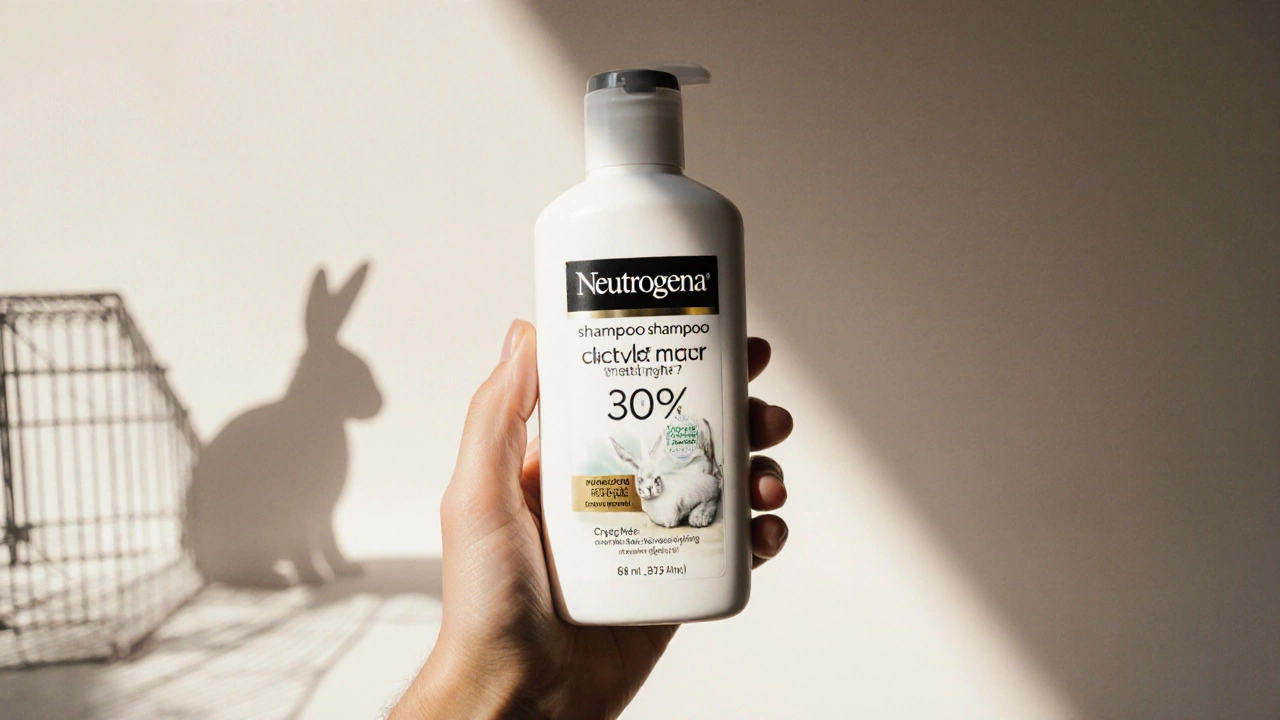Neutrogena Animal Testing: What You Need to Know
When talking about Neutrogena animal testing, the practice of using live animals to evaluate the safety and efficacy of Neutrogena’s skincare and makeup products. Also known as Neutrogena’s animal testing policy, it sits at the crossroads of regulatory compliance, ethical debate, and consumer demand.
The broader concept of animal testing, the use of vertebrate animals in scientific experiments to assess product safety is heavily influenced by government rules. In the United States, the FDA regulations, the Food and Drug Administration’s safety guidelines for cosmetics often require animal data for new ingredients, even though many other regions have banned the practice. This creates a regulatory triangle: Neutrogena must meet FDA demands, navigate global market expectations, and respond to rising ethical concerns.
Enter the cruelty‑free movement. Brands that proudly wear the cruelty‑free cosmetics, products verified not to be tested on animals at any stage of development label have built loyal followings. Consumers now scan product packages for logos, and retailers often segregate cruelty‑free lines from traditional ones. This consumer pressure forces companies like Neutrogena to weigh the cost of maintaining animal‑testing labs against the potential loss of market share to cruelty‑free competitors.
Fortunately, science offers alternatives. Alternative testing methods, in‑vitro assays, computer modeling, and human‑cell based platforms that can replace live‑animal experiments have matured dramatically over the past decade. Companies that adopt these methods often see faster product cycles and lower long‑term expenses, while also sidestepping ethical backlash. The shift illustrates a clear semantic triple: alternative testing methods reduce animal testing, which in turn boosts consumer confidence.
Consumer awareness is the engine that ties everything together. When shoppers learn that a popular brand still conducts animal testing, they frequently switch to cruelty‑free options, prompting a market ripple effect. Social media campaigns, influencer reviews, and independent watchdog reports shape this awareness, turning individual buying choices into collective pressure. This relationship can be framed as: consumer awareness influences cruelty‑free adoption, which drives regulatory reconsideration.
Putting these pieces together, the story of Neutrogena animal testing is not just about a single brand—it’s a snapshot of the whole cosmetics ecosystem, where regulations, ethics, technology, and shoppers intersect. Below you’ll find a curated collection of articles that dig into safety guidelines, explore cruelty‑free alternatives, and explain how new testing technologies are reshaping the industry.

